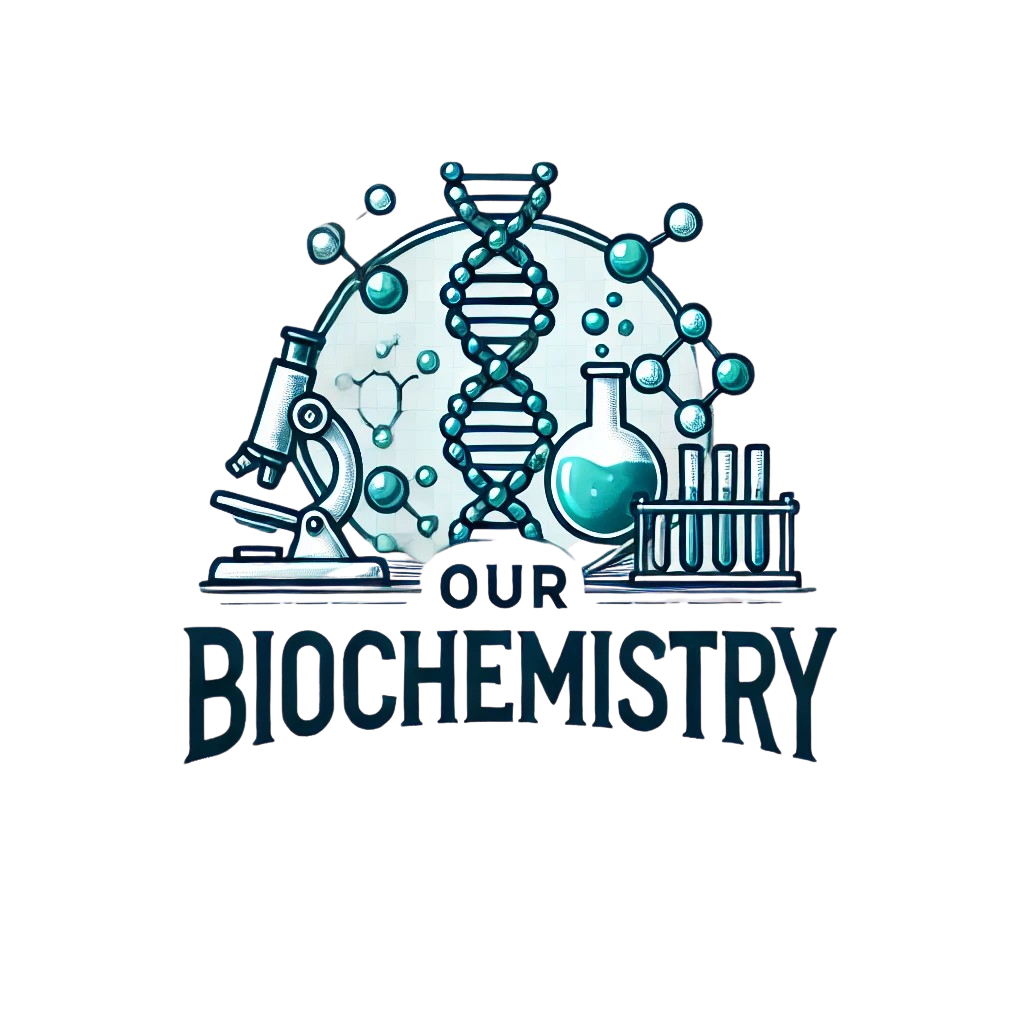Library
Practice questions-set-4
- January 30, 2020
- Posted by: Namrata Chhabra
- Category: Practice questions
Q.1-The pH of the body fluids is stabilized by buffer systems. Which of the following buffers is the most effective buffer system at physiological pH?
a) Bicarbonate buffer
b) Phosphate buffer
c) Protein buffer
d) Deoxy hemoglobin
Q.2-Which of the following laboratory results below indicates compensated metabolic alkalosis?
a) Low p CO2, normal bicarbonate and, high pH
b) Low p CO2, low bicarbonate, low pH
c) High p CO2, normal bicarbonate and, low p H
d) High pCO2, high bicarbonate, High pH.
Q.3– Which of the following has the highest glycemic index?
a) Ice cream
b) Cucumber
c) Bread
d) Dextrose
Q.4-In diabetes mellitus there is reduced oxidation of carbohydrates; what will the effect of insulin administration on RQ?
a) It will increase
b) It will decrease
c) No effect
d) Initial rise and then fall
Q.5-Which of the following nutrients is rich in short and medium-chain fatty acids?
a) Milk
b) Peanut oil
c) Sunflower oil
d) Almond oil
Q.6- A woman’s risk for developing breast cancer is greatest with:
a) Family history of breast cancer and a history of taking hormone replacement therapy
b) Early age at menarche and late age of first parity
c) A family history of breast cancer and a history of benign breast disease
d) A BRCA1or BRCA2
Q.7-Reduction of the 2′-hydroxyl of purine and pyrimidine Ribonucleotides, catalyzed by-
a) Thioredoxin reductase
b) Ribonucleotide reductase
c) Dihydrofolate reductase
d) Oxidoreductase.
Q.8- The human brain has a low level of which of the following enzymes?
a) PRPP synthetase
b) Amidotransferase
c) HGPRT
d) Adenosine deaminase
Q.9- The fragments of newly synthesized DNA are sealed by enzymes referred to as –
a) Restriction endonucleases
b) Topoisomerases
c) Telomerase
d) DNA ligases.
Q.10- In animal cells, including human cells, the replication of the DNA genome occurs only at a specified time during the life span of the cell. This period is referred to as the
a) gap 1(G1)
b) gap 2(G2)
c) M phase
d) S phase.
Q.11- The derepression of the lac operon in the presence of lactose is an example of-
a) Positive regulation
b) Negative regulation
c) Double negative regulation
d) Double positive regulation.
Q.12- The operator locus is a region of double-stranded DNA-
a) To bind RNA polymerase
b) To bind lac repressor
c) To bind CAP-cAMP complex
d) To bind transcription factors
Q.13- Which of the following is not a stop codon in prokaryotes?
a) UAA
b) UAG
c) UGG
d) UGA
Q.14- The ideal support medium for separation of nucleic acids is-
a) Starch gel
b) Cellulose acetate
c) Agarose gel
d) Filter paper
Q.15- The drug Aspirin is detoxified by-
a) Methylation
b) Acetylation
c) Hydrolysis
d) Glucuronidation
Q.16- Which of the following enzymes is not a tumor marker?
a) Alkaline phosphatase
b) Acid phosphatase
c) Lactate dehydrogenase
d) Acid maltase
Q.17- DNA is assembled into nucleosomes with the help of special proteins called-
a) Prolamines
b) Histones
c) Chaperones
d) Protamines
Q.18- Burkitt’s lymphoma is caused by-
a) Adenovirus
b) Human Papillomavirus
c) Hepatitis B virus
d) Epstein–Barr virus
Q.19- Which drug out of the following is not an anticancer drug?
a) Azaserine
b) Allopurinol
c) Cytosine arabinoside
d) Mercaptopurine.
Q.20- Which of the following is not a true mechanism for the conversion of proto-oncogenes to oncogenes?
a) Point mutation
b) Chromosomal translocation
c) Insertional mutagenesis
d) Histone acetylation
Key to answers-
1)-a,2)-d,3)-d,4)-a,5)-a,6)-d,7)-b,8)-b,9)-d,10)-d,11)-c,12)-b,13)-c,14)-c,15)-c,16)-d,17)-b,18)-d,19)-b,20)-d
Author:Namrata Chhabra
Leave a Reply Cancel reply
You must be logged in to post a comment.
